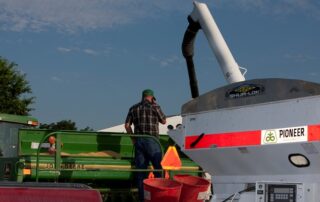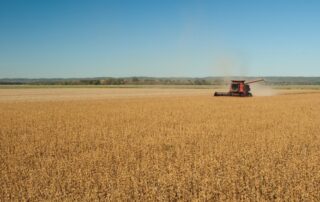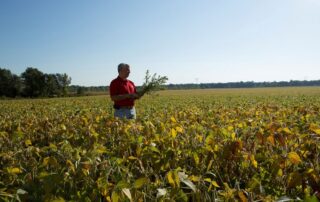Eight Statistics That Prove U.S. Soybean Farmers are Sustainable
Chesterfield, Missouri (July 14, 2015)--For soybean farmers, sustainability isn’t a buzzword; it’s a way of life. Farmers were green before it was even a [...]
Agronomy: Top Six Soybean-Planting Tips
The days are longer, the birds are chirping and the trees are beginning to bud. For soybean farmers, it can only mean one thing: [...]
Agronomics: New Calculator Can Help Soybean Farmers with Seed Decisions
How much does growing IP soybeans really cost? ST. LOUIS (September 30, 2014) - Facing lower soybean cash prices this year, farmers are looking [...]
Disease Management: On-Target Weed Control: Four Tips to Manage Spray Drift
With the increased prevalence of herbicide-resistant weeds, it’s important for farmers to diversify their weed-management plans to incorporate more modes and sites of action. [...]






 and then
and then